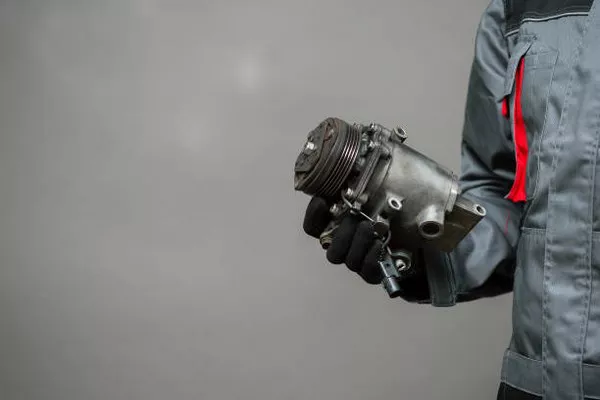Compressor unloaders play a crucial role in the efficient operation of air compressors, a widely used technology in various industries. The compressor unloader is a mechanism designed to optimize energy consumption, enhance overall performance, and extend the lifespan of the compressor. In this article, we will delve into the inner workings of a compressor unloader, exploring its functions, types, and the benefits it brings to compressed air systems.
The Basics of Air Compressors
Before delving into the specifics of compressor unloaders, it’s essential to understand the basic functioning of air compressors. Air compressors are devices that convert power into potential energy stored in pressurized air. They are employed in a myriad of applications, ranging from powering pneumatic tools to facilitating industrial processes.
In a typical air compressor, air is drawn in and compressed within the compressor chamber, resulting in increased pressure and temperature. This compressed air is then stored in a receiver tank for later use. However, during periods of low demand, when the compressed air is not actively being used, the compressor can continue to run, consuming unnecessary energy and leading to wear and tear on the equipment.
The Role of Compressor Unloaders
This is where compressor unloaders come into play. The primary function of a compressor unloader is to alleviate the load on the compressor during times of low demand. By doing so, it prevents the compressor from continuously running at full capacity, reducing energy consumption and minimizing wear on critical components.
Types of Compressor Unloaders
There are several types of compressor unloaders, each designed to meet specific operational requirements. The two main categories are mechanical unloaders and pneumatic unloaders.
Mechanical Unloaders:
Mechanical unloaders operate through direct mechanical means and are commonly found in reciprocating compressors. These unloaders use mechanical linkages to alter the stroke of the compressor, effectively reducing the amount of air drawn in during each cycle. This reduction in intake volume results in a decrease in compression effort and energy consumption.
One common type of mechanical unloader is the centrifugal unloader, which employs centrifugal force to shift a sliding sleeve and alter the compressor stroke. This type of unloader is effective in managing compressor capacity based on demand.
Pneumatic Unloaders:
Pneumatic unloaders, on the other hand, utilize air pressure to control the compressor’s load. These unloaders are often found in rotary screw compressors, where adjusting the compressor’s capacity is achieved by modulating the inlet flow of air. This is typically done through the use of solenoid valves that respond to changes in pressure.
Pneumatic unloaders offer precise control over compressor capacity and are known for their responsiveness to varying demand levels. They are particularly effective in applications where quick and frequent adjustments are required.
Benefits of Compressor Unloaders
The incorporation of compressor unloaders brings about several advantages to compressed air systems:
Energy Efficiency:
By allowing the compressor to unload during periods of low demand, energy consumption is significantly reduced. This not only leads to cost savings but also contributes to a more environmentally friendly operation by minimizing the carbon footprint associated with energy production.
Extended Equipment Lifespan:
Continuous operation at full capacity can accelerate wear and tear on compressor components. Compressor unloaders help mitigate this by reducing the load on the compressor, leading to less strain on critical parts and, consequently, a longer lifespan for the equipment.
Improved System Performance:
Compressor unloaders contribute to better overall system performance by maintaining consistent air pressure levels. This ensures that compressed air is readily available when needed, preventing pressure fluctuations that could impact the efficiency of downstream equipment and processes.
Enhanced Control:
The ability to modulate compressor capacity based on demand provides operators with greater control over the compressed air system. This flexibility allows for more efficient resource allocation and responsiveness to changes in production requirements.
See Also: What Is The Purpose Of Compressor In Refrigeration System?
Conclusion
In conclusion, the compressor unloader is a vital component in the realm of air compressors, playing a pivotal role in optimizing energy consumption, enhancing equipment longevity, and improving overall system performance. Whether through mechanical or pneumatic means, compressor unloaders offer a sophisticated solution to the challenge of matching compressed air production with actual demand. As industries continue to prioritize energy efficiency and sustainable practices, the significance of compressor unloaders in achieving these goals cannot be overstated.

